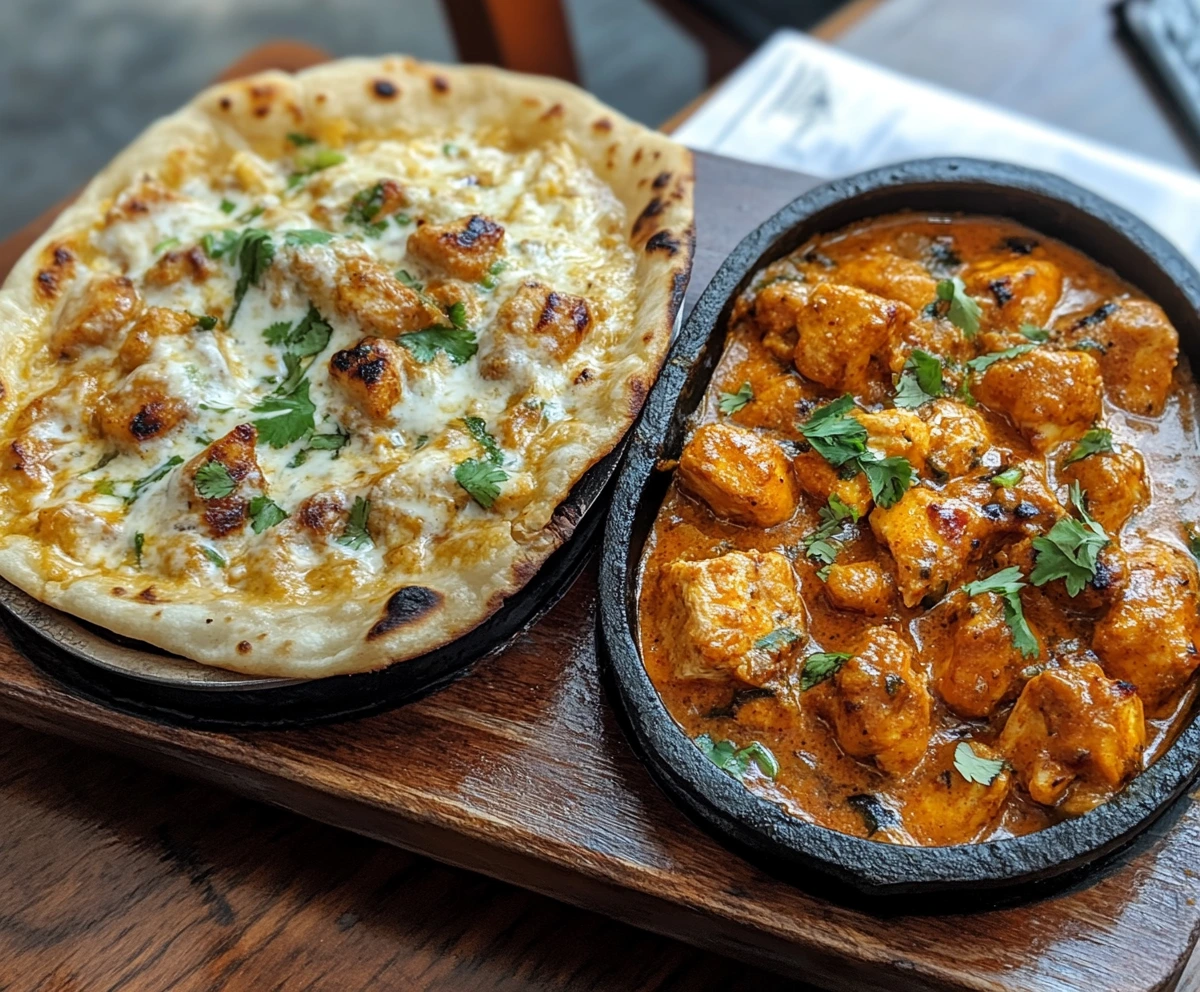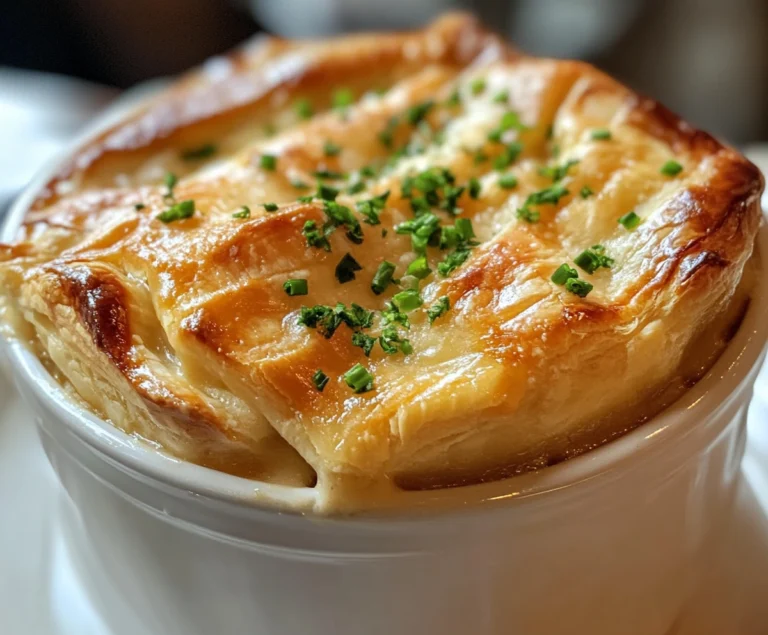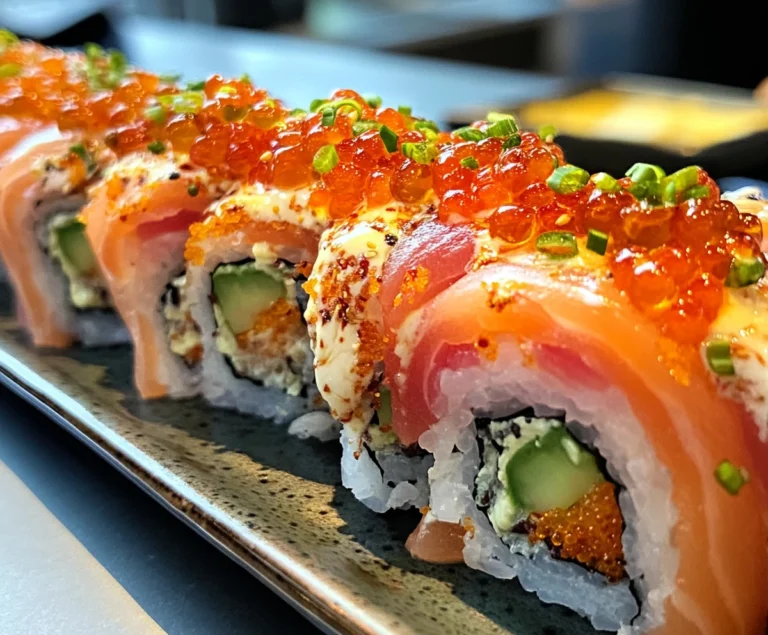Butter Chicken vs. Tikka Masala: The Ultimate Culinary Showdown
Indian cuisine, renowned for its vibrant colors, intense flavors, and Butter Chicken vs. Chicken Tikka Masala deep cultural heritage, offers a wide array of dishes that tantalize the senses. Among the numerous curry dishes, Butter Chicken (Murgh Makhani) and Chicken Tikka Masala reign supreme as fan favorites. Both of these iconic dishes share similarities but diverge in their origins, preparation techniques, and flavor profiles, making them subject to an age-old culinary debate: Which dish is better—Butter Chicken or Chicken Tikka Masala?
In this comprehensive article, we will explore the history, ingredients, cooking methods, and taste distinctions between these two popular curries. Whether you’re a seasoned home cook or a lover of Indian cuisine looking to deepen your understanding, this guide will give you everything you need to appreciate the nuances of these two beloved dishes.
Introduction to Butter Chicken and Chicken Tikka Masala
Indian cuisine is vast and deeply rooted in tradition. With such diversity, two dishes have risen to global prominence—Butter Chicken and Chicken Tikka Masala. Though they appear similar, both offer unique flavors that distinguish them from each other. They are known for their creamy, tomato-based gravies, often enjoyed with naan, roti, or rice, and both are crowd-pleasers in Indian restaurants worldwide.
Butter Chicken, or Murgh Makhani, was developed in India as a means of repurposing leftover tandoori chicken, while Chicken Tikka Masala is a result of fusion cuisine, born in the UK to cater to local tastes. While both dishes share common ingredients, such as chicken and tomatoes, they are markedly different in preparation, flavor, and cultural significance.
If you’re a fan of creamy chicken dishes, you might also enjoy our Alice Springs Chicken Recipe, which shares some similarities in richness and flavor with Butter Chicken.
The Origins of Butter Chicken
Butter Chicken was created in the 1950s at the iconic Moti Mahal restaurant in Delhi, India, by chef Kundan Lal Gujral. The chefs, faced with leftover tandoori chicken, sought a creative way to prevent waste. They developed a rich tomato-based sauce infused with butter and cream to add moisture to the dry tandoori chicken, thus creating a new dish that would quickly rise to fame: Butter Chicken or Murgh Makhani.
This new dish was a product of post-partition India, where Mughal influences remained strong. Butter Chicken combined the smoky flavors of tandoori cooking with the lush richness of Mughlai cuisine, which is characterized by the use of cream, yogurt, and butter in gravies. Its appeal crossed regional boundaries, becoming a cornerstone of North Indian cuisine and eventually gaining international recognition.
The rise of Butter Chicken as a global dish was further propelled by the spread of Indian cuisine worldwide, particularly to the United States, the United Kingdom, and other Western countries. Today, it is a staple in Indian restaurants across the globe.
The Story Behind Chicken Tikka Masala
Unlike Butter Chicken, Chicken Tikka Masala’s origin story is shrouded in mystery and debate. While it is widely considered a fusion dish that emerged in the UK during the 1960s, the details of its creation are contested. One popular story suggests that the dish was invented in a British Indian restaurant when a customer requested more “gravy” to accompany his chicken tikka. The chef improvised by adding a creamy tomato-based sauce to the grilled chicken, creating what is now known as Chicken Tikka Masala.
Although its authenticity as a traditional Indian dish is debated, Chicken Tikka Masala represents the adaptability of Indian cuisine. It’s a prime example of how Indian food evolved in the diaspora, blending familiar Indian flavors with Western preferences for creamy, less spicy gravies.
In many ways, Chicken Tikka Masala is seen as Britain’s national dish, more so than Fish and Chips. Its global popularity speaks to the universal appeal of Indian cuisine and its ability to integrate into various food cultures.
Ingredients and Cooking Methods
While Butter Chicken and Chicken Tikka Masala share a few common ingredients—such as tomatoes, chicken, and an array of Indian spices—their preparation techniques and flavorings are quite distinct. Below is an in-depth breakdown of the ingredients and methods used to make each dish.
Butter Chicken Ingredients:
- Butter and cream: The defining ingredients that give Butter Chicken its rich, smooth texture.
- Tandoori chicken: Pre-cooked, grilled, or roasted chicken (often leftover) is used in the dish.
- Tomato puree: Provides the base of the gravy, adding mild sweetness.
- Spices: Typically milder spices such as turmeric, coriander, cumin, and dried fenugreek leaves (kasuri methi) are used.
- Cashews or almonds: Occasionally added to enhance the creaminess of the sauce.
Chicken Tikka Masala Ingredients:
- Grilled chicken tikka: Marinated chicken pieces grilled or roasted to perfection.
- Tomatoes and onions: Form the base of the sauce, offering a robust flavor.
- Yogurt marinade: The chicken is marinated in yogurt and spices, which helps tenderize it and impart tanginess.
- Spices: Chicken Tikka Masala uses bolder spices like garam masala, cumin, coriander, and red chili powder, offering a spicier kick.
- Cream or yogurt: While cream is sometimes used in Chicken Tikka Masala, yogurt is more common, especially in the marinade.
Cooking Techniques for Butter Chicken
Step 1: Marinating the Chicken
The chicken used in Butter Chicken is often marinated in a blend of yogurt, ginger, garlic, and mild spices such as cumin, turmeric, and red chili powder. The marination process tenderizes the chicken and infuses it with flavor.
Step 2: Tandoor or Grill Cooking
After marination, the chicken is cooked in a tandoor (traditional clay oven) or grilled until it develops a smoky, charred flavor. For those who don’t have access to a tandoor, grilling on high heat or roasting in an oven can achieve similar results.
Step 3: Preparing the Creamy Gravy
The gravy is made by sautéing tomatoes with butter and mild spices. Cashews or almonds can be added for extra richness. Once the tomatoes break down, cream is stirred in, creating a luscious, smooth sauce. The pre-cooked chicken pieces are then added to the gravy and simmered to allow the flavors to meld.
If you’re looking for a lighter alternative to Butter Chicken’s creamy texture, you might want to try Baked Chicken Cutlet Recipes, which offers a healthier take on rich chicken dishes.
Cooking Techniques for Chicken Tikka Masala
Step 1: Marinating the Chicken
The chicken in Chicken Tikka Masala is marinated in a mixture of yogurt, lemon juice, ginger, garlic, and a blend of spices such as cumin, coriander, turmeric, and garam masala. This marinade imparts a tangy flavor and tenderizes the chicken before grilling.
Step 2: Grilling or Roasting the Chicken
After marination, the chicken is skewered and grilled to achieve a smoky, charred flavor. Alternatively, the chicken can be roasted in an oven. The key here is to replicate the smoky flavor that is characteristic of chicken tikka.
Step 3: Making the Tomato-Based Gravy
The gravy for Chicken Tikka Masala begins with sautéing onions, garlic, and ginger. Once softened, spices such as garam masala, cumin, and red chili powder are added. Tomato paste or diced tomatoes are then incorporated, providing the sauce’s rich, tangy base. Cream or yogurt is added at the end for creaminess, and the grilled chicken is simmered in the sauce until it reaches the desired consistency.
Chicken Tikka Masala is known for its spicier, tangier, and more complex flavor compared to Butter Chicken, largely due to the heavier use of spices and the grilling method.
Taste and Flavor Profiles
Butter Chicken Flavor Profile
Butter Chicken is the epitome of comfort food. Its rich, velvety sauce is mild and creamy, with subtle layers of flavor from butter, cream, and mildly aromatic spices. The smoky undertones of the tandoori chicken blend beautifully with the smoothness of the gravy, creating a dish that is indulgent but not overwhelmingly spicy.
- Mild and Creamy: The butter and cream form the backbone of the dish, providing a luxurious mouthfeel.
- Subtle Spices: Spices like turmeric, cumin, and fenugreek are used in moderation, allowing the richness of the butter and cream to shine through.
- Smoky Notes: The tandoori-cooked chicken adds a mild smokiness that enhances the dish without overpowering it.
Chicken Tikka Masala Flavor Profile
Chicken Tikka Masala, by contrast, is bolder and spicier. The grilled chicken adds a smoky depth, while the spices used in the sauce give it a complex, tangy kick. The inclusion of garam masala, red chili powder, and other spices elevates the dish, making it ideal for those who prefer more intense flavors.
- Bold and Spicy: Chicken Tikka Masala is more robust, with the addition of stronger spices like garam masala and chili powder.
- Smoky Flavor: The grilled chicken imparts a smoky, charred taste that contrasts beautifully with the creaminess of the sauce.
- Tangy Undertones: The use of yogurt and tomatoes in the sauce adds a tanginess that brightens up the dish.
Nutritional Comparison
Butter Chicken Nutrition
Butter Chicken, while delicious, is typically high in calories due to the liberal use of butter and cream. The dish is also relatively high in saturated fats, which contribute to its rich, indulgent taste. However, it’s a good source of protein thanks to the chicken.
- Calories: Approximately 450-550 calories per serving, depending on the amount of butter and cream used.
- Protein: A solid source of protein from the chicken.
- Fats: High in saturated fats due to the butter and cream.
- Carbohydrates: The dish is often served with naan or rice, adding to the overall carb content.
If you’re looking for healthier chicken options, check out Thin Chicken Breast Recipes for lower-calorie alternatives that still pack plenty of flavors.
Chicken Tikka Masala Nutrition
Chicken Tikka Masala can be somewhat lower in calories than Butter Chicken, depending on how much cream is used in the sauce. The yogurt marinade and grilling process make it a leaner option, but the dish still offers a rich flavor due to the spices and cream or yogurt used in the sauce.
- Calories: Approximately 350-450 calories per serving, with variations depending on the cream content.
- Protein: A good source of protein from the grilled chicken.
- Fats: Less saturated fat compared to Butter Chicken, but still contains fat from the cream or yogurt.
- Spices: Spices such as turmeric, cumin, and garam masala offer health benefits, including anti-inflammatory properties.
For more in-depth nutritional comparisons between Indian curries, refer to our article on Indian Curry Nutrition.
Cultural Influence and Popularity
Butter Chicken’s Popularity in India
In India, Butter Chicken is a national treasure, especially in the northern regions. Its mild flavor and rich, buttery sauce appeal to all age groups, making it a dish that is often served at celebrations and special occasions. In restaurants, it is one of the most ordered dishes, and it has become synonymous with Indian comfort food.
In Indian households, Butter Chicken is often prepared for family gatherings and festive occasions. It pairs beautifully with naan or steamed basmati rice, allowing the creamy sauce to soak into the bread or rice, enhancing the overall experience.
Tikka Masala’s Popularity in the West
In Western countries, particularly the UK, Chicken Tikka Masala holds a special place in the hearts of diners. It is one of the most popular dishes in Indian restaurants across Britain, where it is often regarded as the country’s unofficial national dish. Its spicier, tangier flavor has made it a favorite among those who appreciate bold, complex flavors.
Tikka Masala also has a strong presence in the United States and other Western nations, where it is celebrated for its fusion of Indian and Western culinary techniques.
Butter Chicken vs. Chicken Tikka Masala: Which is Better?
The age-old debate between Butter Chicken and Chicken Tikka Masala ultimately boils down to personal preference. Each dish has its unique strengths, and both offer a distinct flavor profile that caters to different palates.
Butter Chicken
- Best for: Those who prefer mild, creamy dishes with a rich texture.
- Flavor: Subtle, buttery, and mildly spiced.
- Versatility: Pairs well with naan, paratha, or rice, making it suitable for a variety of meal options.
Chicken Tikka Masala
- Best for: Those who enjoy bold, spicy, and tangy flavors with a smoky twist.
- Flavor: Spicier, with a smoky depth and a tangy sauce.
- Popularity: While popular globally, it has a particularly strong following in Western countries.
Cooking Butter Chicken and Chicken Tikka Masala at Home
Cooking these two iconic dishes at home can be a rewarding experience, especially when you understand the key differences in preparation techniques.
Tips for Making Butter Chicken at Home
- Marination Time: Marinate the chicken for at least 6 hours to achieve tenderness and depth of flavor.
- Creamy Texture: Use fresh cream and high-quality butter to get the perfect creamy sauce.
- Balance Flavors: Be mindful of the balance between tanginess from the tomatoes and sweetness from the cream.
Tips for Making Chicken Tikka Masala at Home
- Grill for Smoky Flavor: Grill or roast the chicken to get that distinctive smoky taste.
- Use Spices Generously: Don’t shy away from using plenty of garam masala and chili powder to achieve a robust flavor.
- Thick Sauce: Simmer the sauce for longer to thicken it and intensify the flavors.
Frequently Asked Questions (FAQs)
Is Butter Chicken the Same as Chicken Tikka Masala?
No, although they look similar, Butter Chicken and Chicken Tikka Masala are two distinct dishes. Butter Chicken is creamier and milder, while Chicken Tikka Masala is spicier and has a smoky flavor.
Which Dish is Healthier?
Chicken Tikka Masala may be slightly healthier as it uses less butter and cream. However, both dishes are rich and calorie-dense due to the sauces.
Can Butter Chicken or Tikka Masala Be Made Vegetarian?
Yes, both dishes can be made vegetarian by substituting paneer (Indian cottage cheese) or vegetables for the chicken. Paneer Tikka Masala and Butter Paneer are popular vegetarian versions.
Which Dish is Spicier?
Chicken Tikka Masala is generally spicier due to the use of garam masala and chili powder, while Butter Chicken is milder with more emphasis on butter and cream.
What Sides Should I Serve With Butter Chicken or Tikka Masala?
For Butter Chicken, serve with naan, paratha, or basmati rice to soak up the creamy sauce. Chicken Tikka Masala pairs best with plain naan or rice to balance the spiciness.
Conclusion: Butter Chicken or Chicken Tikka Masala?
When it comes to Butter Chicken versus Chicken Tikka Masala, there’s no clear winner—each dish caters to different tastes and preferences. If you’re looking for something rich, creamy, and comforting, Butter Chicken is the way to go. On the other hand, if you prefer bold, smoky, and spicy flavors, Chicken Tikka Masala will hit the spot.
Both dishes are a testament to the versatility and global appeal of Indian cuisine, and whichever one you choose, you’re sure to be delighted by the rich, layered flavors that Indian cooking has to offer.
So, whether you’re preparing a family meal, hosting a dinner party, or simply indulging your love for curry, you can’t go wrong with either Butter Chicken or Chicken Tikka Masala. For more recipes and ideas, explore other fusion dishes like Chicken and Shrimp Alfredo or Garlic Parmesan Chicken Pasta, which offer similar creamy textures with an international twist.







